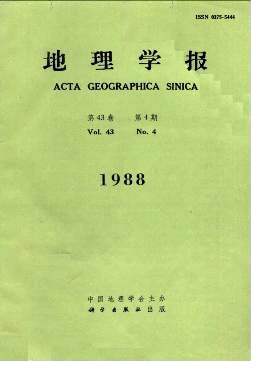Jin Qiming
In ancient China, there was no systematic research on rural settlement. What we can see today on ancient rural settlement is the general description in local records, novels and travels. Xu Xiake──the great ancient geographer, born 400 years ago, was the first one whobegan the research and record of rural settlement in China.The systematic research on rural settlement was initiated in 1930’s when French scholar Jean Brunhes’ a Geographie Humaine?was translated into Chinese, which had a fundamental influence on the circle of geographical science in China. . Before the foundation of the People’s Republic of China, the Chinese ge ’graphers had carried out some geographical researches on rural settlement, including: (1) research on the theory of settlement geography; (2) the systematic research on rural settlement in a given region; (3) studies on towns; (4) rural settlement research as apart of regional geography. So far as contents concerned, all the recesarches made then put emphasis on the explanation of the cause-effect relationship between scitlement and its environments.Since the foundation of the People’s Republic of China, the research on rural settlement geography has experienced three main phases: (1) In the early 1950’s, because of the improper treatment of human geography in China, fewer and fewer geographers were engaged in the field; (2) During 1958-1959, a large number of geographers participated in the planning of People’s Commune, meanwhile, the rural settlement planning, as a part of the People’s Com-mune Planning, was emphasized; (3) Since the hate oof 1970’s, with the improvement of rural ceonomy and the new coming phase of town-village construction, the importance of research on rural settlement geography has been recognized. Meanwhile, the new research fields, such a. territorial management, have provided rural settlement geography with a wide range of research projects. Moreover, the focus of rural s-’ttleinent geography has been shifting from the explanation of relationship between settlement a .d its environments to predicting, planning and designing of rural settlement for future development.The current trends of research on rual set dement geography in China are as following:(1) to serve the reform, management, rational distribution and planning of rural settlement;(2) researches on the tran,formastion, migration of rural population and the trends, sizes and processes of rural urbanization; (3) the theoretical synthesis of rural settlement geography; ( 4) the quantitative approach: (5) the analysis of new types of man-land relationship, in or-dcr to harmonize the settlement with economic development and its environments: (6) enhan-cement of the research on rural settlement geography within regional geography.
